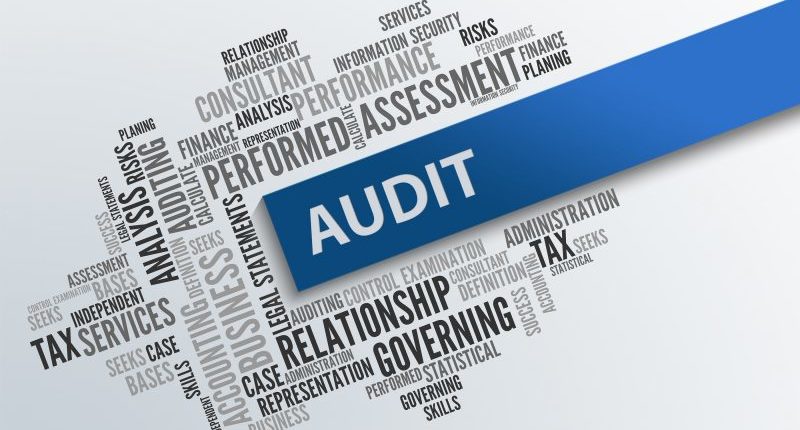The SA 701 deals with communicating Key Audit Matters (KAM) in the Independent Auditor’s Report. The SA is effective for audits of financial statements for the period beginning on or after 1 April 2018 and ending 31 March 2019 and is mandatory for listed entities. The purpose of communicating key audit matters is to enhance the communicative value of the auditor’s report by providing greater transparency about the audit that was performed.
The KAM to be communicated are those that the auditor determines to be of most significance in the audit of the financial statements. In determining the KAM, the auditor shall into account the following:
- Matters communicated with the management of the Company;
- Areas of higher assessed risk or significant risks;
- Areas in the financial statements that involved significant management judgment;
- Significant events or transactions that occurred during the period.
The KAM are supplementary to the auditor’s report on the financial statements and read in the context of the audit of the financial statements.
Users of financial statements have expressed an interest in those matters about which the auditor had the most robust dialogue with those charged with governance as part of the two-way communication and have called for additional transparency about those communications. The SA provides a basis for such users to further engage with management about matters relating to the entity, the audited financial statements, or the audit that was performed.
In the case of entities other than listed entities, reporting of KAM is not mandatory except for the purpose of preparing the consolidated financial statements. The report on KAM would be available in the annual reports upon completion of statutory audits.
Examples of KAM are revenue recognition in case of construction contracts, Tax disputes arising out of uncertain tax positions taken by the management of a Company etc.
The inclusion of KAM is part of the global measures taken to improve the faith and trust in the auditing profession and facilitate a dialogue to take place between the auditors and the management of a Company, and the shareholders of the Company.





